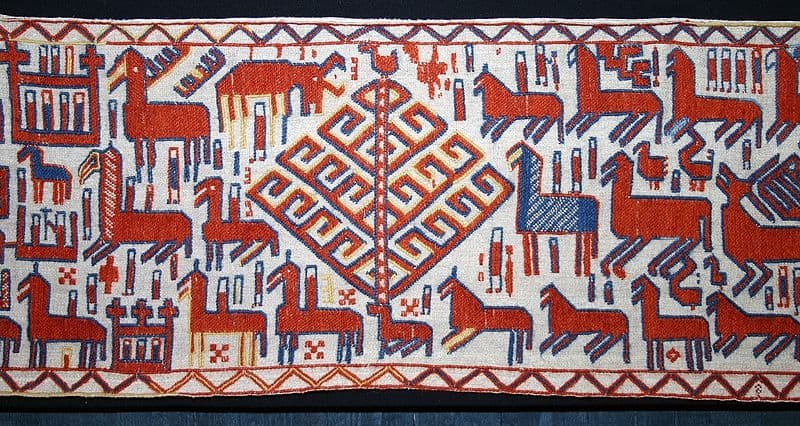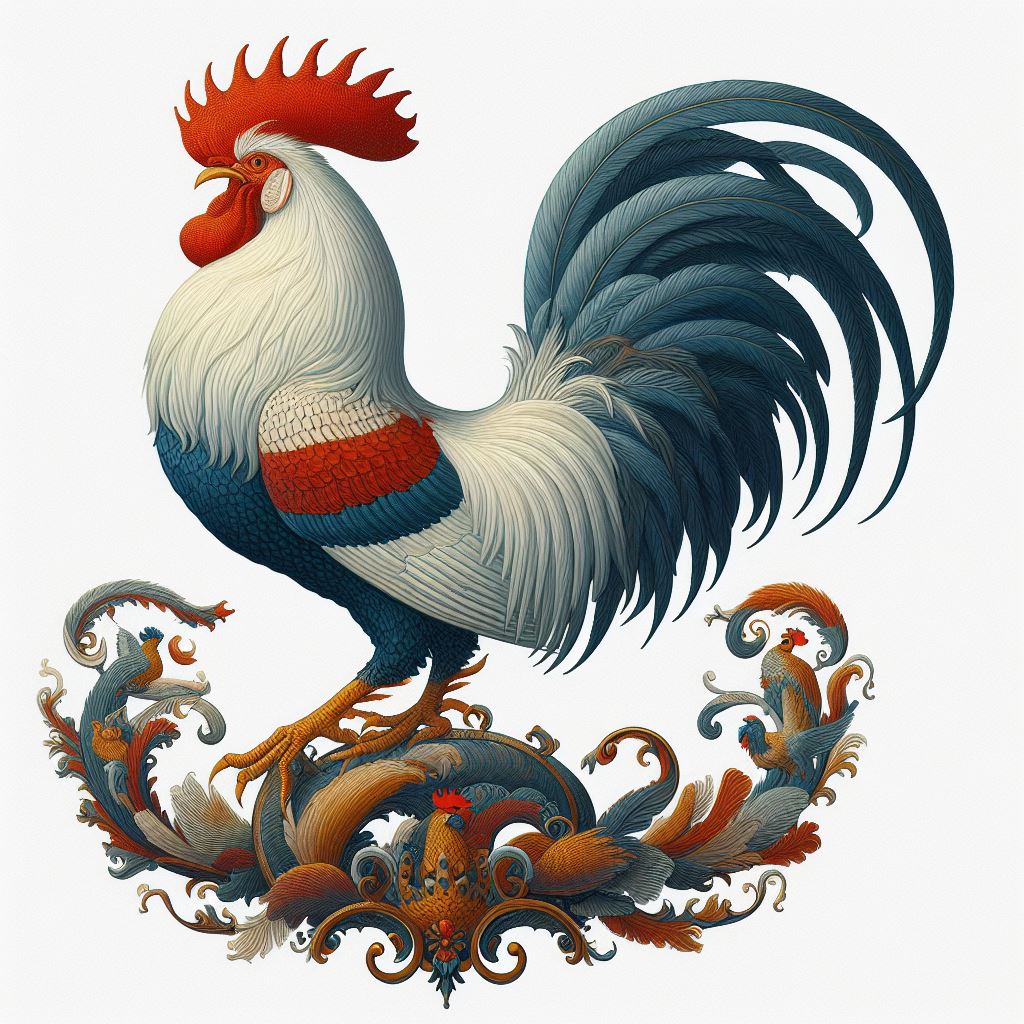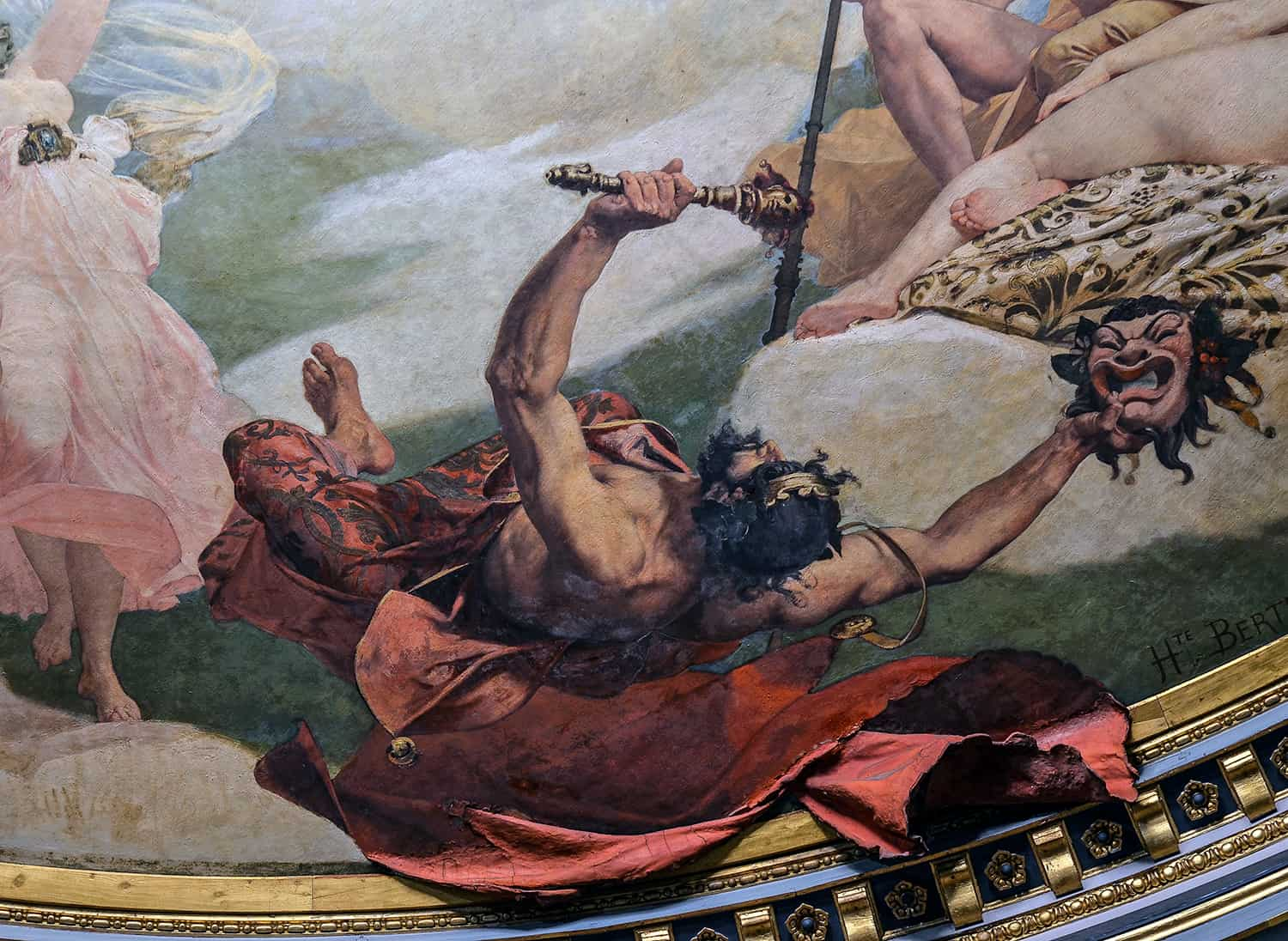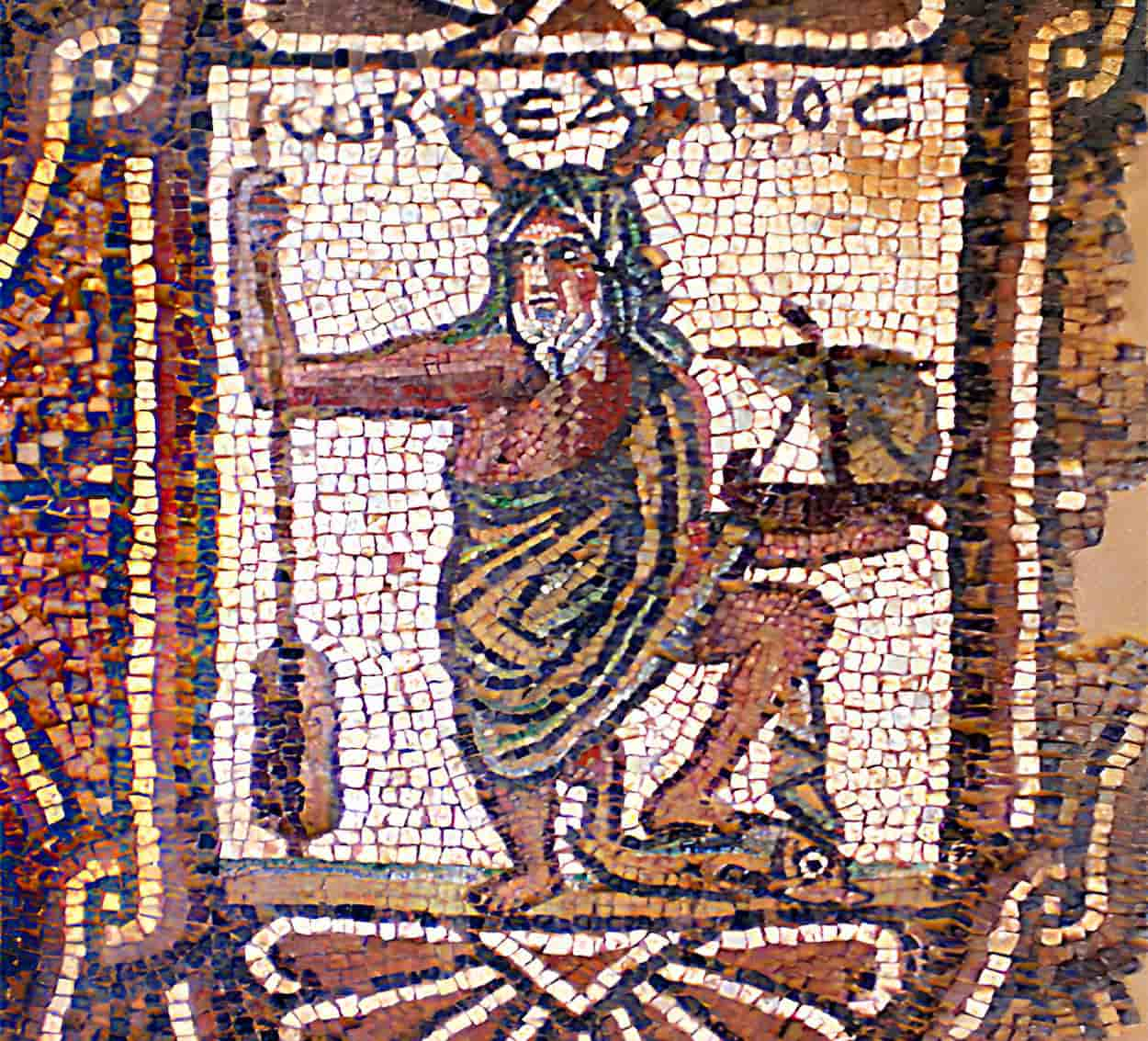Gullinkambi is in Norse mythology a rooster that sits at the top of the world tree Yggdrasil and who, at Ragnarök, will awaken the Einherjar for battle.
Primary Texts
Völuspá
He sat on the mound
Translation: Björn Collinder
and played the harp,
the shepherd of the giantess,
the bright-minded Eggter;
above him crowed
in the tall tree
a fair-red rooster
named Fjalar.
Over the Æsir crowed
Gullinkambi,
he wakes the people
at Herjafather’s;
another crows
underground,
soot-red rooster
in Hel’s halls.
“Herjafather” is Odin and his people are the warriors in Valhalla. Thus, according to Völuspá 42–43, there are three roosters that herald Ragnarök.
If the depiction is chronological, it is the rooster Fjalar in Jotunheim that begins. Perched high in a tree, he sits to the east in Ironwood and sounds the alarm to the shepherd Eggter (Eggþér), who watches from his lookout. (Eggter seems to be the Jotunheim equivalent to Heimdall of the divine world.) The alarm then spreads: in Asgard, the gods and Odin’s Einherjar are awakened by Gullinkambi’s screeching. Finally, deep from underground, the third rooster crows: it is the goddess Hel’s soot-red rooster, who is unnamed in the sources.
Viðofnir and Salgofnir
The name Gullinkambi only appears in Völuspá 43. It is not even mentioned in the manuscripts, which may seem surprising. However, in Fjölsvinnsmál 18, 24, 25, and 30, a rooster named Viðofnir is mentioned, who sits atop the tree Mimameiðr. Since Mimameiðr is likely a kenning for the world tree Yggdrasil, it is reasonable to assume that Viðofnir and Gullinkambi are the same bird.
Another alias for Gullinkambi is likely Salgofnir, mentioned in Helgakviða Hundingsbana II. Salgofnir is said to be the rooster that, with its crowing, wakes the warriors in Valhalla – a task attributed to Gullinkambi in Völuspá.
In the poem, the dead hero Helge Hundingsbane has been granted permission from Valhalla to visit his still-living widow Sigrun Högnesdotter for one night. However, he must return to the barracks before the first cockcrow, making his return urgent:
Now I must ride
Translation: Björn Collinder
blushing paths –
let the light-yellow horse
race through the air!
I must go west
of the wind-helm’s bridge
before Salgofne awakens
the victorious warriors.
“The wind-helm” is the sky dome; its bridge is Bifrost, and west of it lies Asgard with Valhalla. Apparently, it has been Salgofnir’s (Gullinkambi’s) daily duty to awaken Valhalla’s dead warriors to new life and new weapon exercises every morning. The rooster’s crowing as a symbol of rebirth and life is also evident in Saxo’s saga about Hadding (Hadingus). In this story, King Hadding is accompanied by a woman through the forecourts of the realm of death. Finally, they reach a wall that no one can cross alive. The woman then twists the neck of a rooster and throws the bird over the wall into the actual realm of death. Immediately, they hear the rooster crow from inside; it has become alive again.
Depictions

On the Överhogdal tapestries, several different motifs are depicted. Among other things, there are images of stylized trees with a rooster at the top. Perhaps it is the world tree Yggdrasil depicted with the rooster Gullinkambi.






